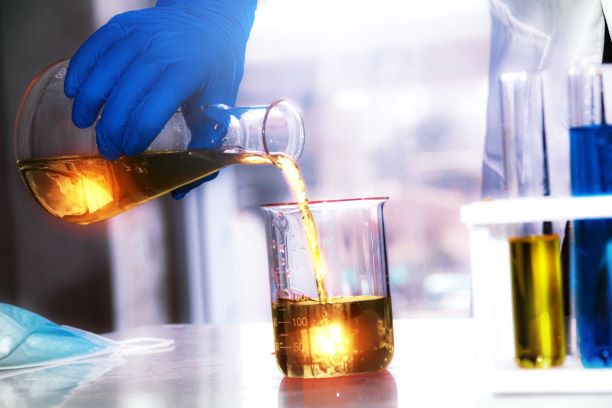IIT Mandi Researchers Use Orange Peel-derived Hydrochar for Biofuel Precursors

A team of researchers from the Indian Institute of Technology (IIT), Mandi, has used hydrochar derived from orange peels as a catalyst to convert chemicals sourced from biomass into biofuel precursors.
According to the team, the research will help develop biomass-based fuel to overcome the socio-political instabilities associated with dwindling petroleum reserves.
The findings of the research have been published in the journal ‘Green Chemistry’.
“One of the driving interests among the renewable energy community is the development of relatively clean and energy efficient processes to convert biomass into useful chemicals, including fuel,” said Venkata Krishnan, Associate Professor, School of Basic Sciences, IIT Mandi.
The simplest and most low-cost catalyst that has been studied by the researchers for biomass conversion reactions is hydrochar. It is typically obtained by heating the biomass waste (orange peels in this case) in the presence of water through hydrothermal carbonization process.
“The use of hydrochar as a catalyst for biomass conversion is attractive because it is renewable and its chemical and physical structure can be altered for better catalytic efficiencies,” he added.
Krishnan said the researchers were able to synthesize the biofuel precursors under solventless and low temperature conditions, which decreases the overall cost of the process and also making it environment friendly, attractive from an industry point of view.
“They heated dried orange peel powder with citric acid under pressure in a hydrothermal reactor (a lab-level ‘pressure cooker’) for many hours. The hydrochar that was produced was then treated with other chemicals to introduce acidic sulfonic, phosphate and nitrate functional groups to it.
“We used these three types of catalyst to bring about hydroxyalkylation alkylation (HAA) reactions between 2-methylfuran and furfural, compounds that are derived from lignocellulose, to produce fuel precursors,” explained Tripti Chhabra, research scholar.
The researchers claimed that this is the first comparative study in which the three types of acid functionalization have been assessed.
They also performed green metric calculations and temperature programmed desorption (TPD) studies to gain deeper insights into the catalytic activity of sulfonic, nitrate and phosphate functionalized hydrochar derived from orange peels.




